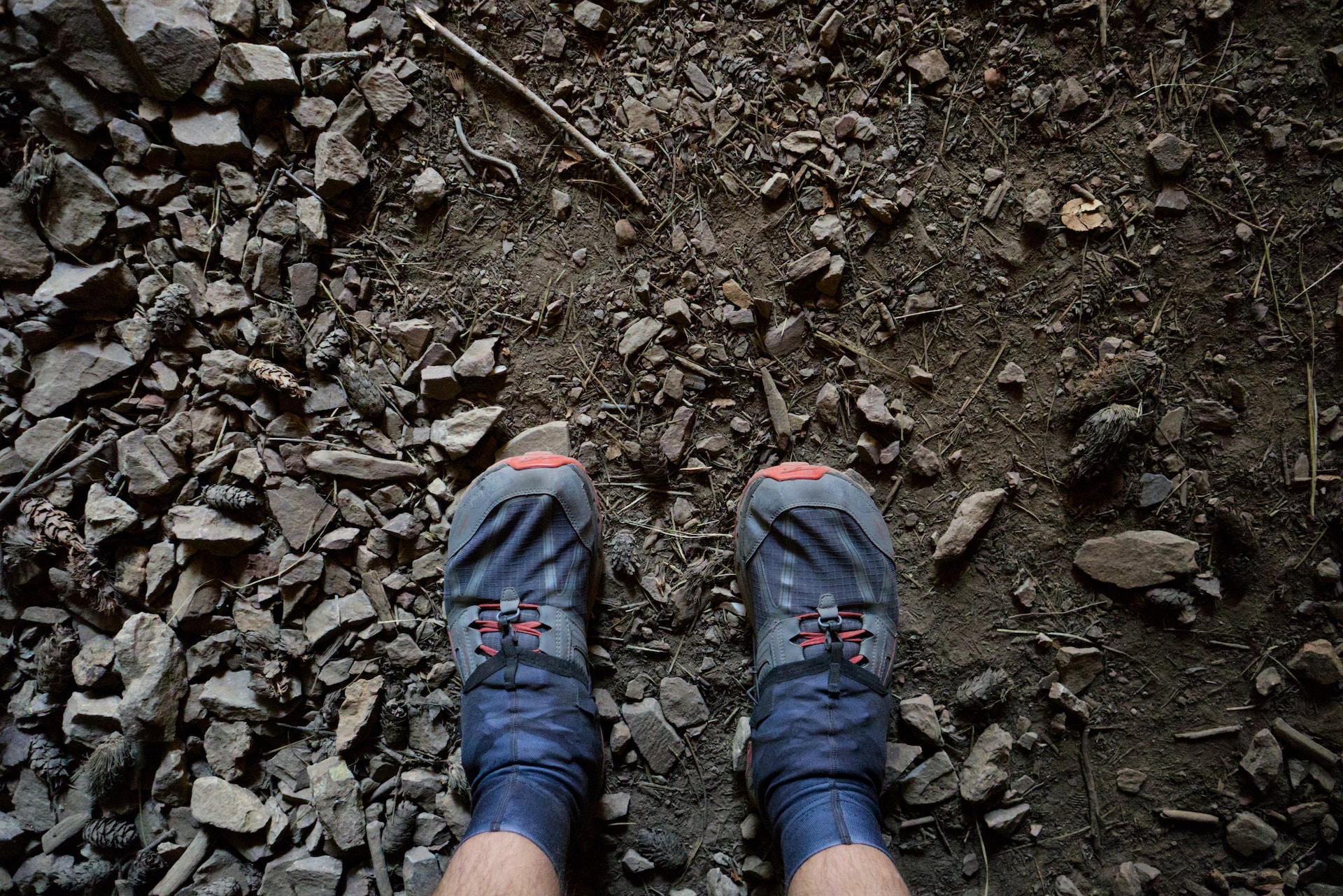Hiking is an activity that requires careful consideration of the gear and clothing that you wear, and that includes your choice of socks. A good pair of hiking socks can make all the difference when it comes to comfort, support, and protection for your feet.
In this blog post, we’ll explore why materials and thickness are important to consider, why choosing the correct length and fit is crucial, why padding and cushioning are crucial, and how moisture management is so important. Let’s dive in!
Why Materials and Thickness Are Important to Consider?
The materials and thickness of your hiking socks are critical factors to consider when choosing the right socks for your hiking boots. The materials your socks are of will affect how well they breathe, how warm they are, and how comfortable they feel against your skin.
Some materials, like wool and synthetic blends, are better at wicking away moisture, while others, like cotton, can trap moisture and lead to blisters and other foot issues.
Thick socks are often recommended for hiking because they provide additional cushioning and can help prevent blisters and other foot injuries.
However, it’s important to note that thicker socks aren’t always better. If your boots already have a lot of padding or if you’re hiking in warm weather, thinner socks may be a better choice to avoid overheating.
Why Choosing the Correct Length and Fit Is Crucial?

Choosing the correct length and fit for your hiking socks is just as important as choosing the right materials and thickness. Socks that are too short can lead to rubbing and irritation on your ankles, while socks that are too long can bunch up and cause discomfort in your boots.
It’s important to find socks that fit snugly but not too tight, and that provide support and cushioning where you need it most.
When it comes to sock length, there are a few options to consider. Crew socks are a popular choice for hiking because they provide coverage for your ankles and lower calf, helping to prevent rubbing and irritation.
Quarter-length socks are another option, providing coverage for your ankles without extending up your calf. Knee-length socks are not typically recommended for hiking as they can be too hot and restrictive.
Why Padding and Cushioning Are Crucial?
Padding and cushioning are essential features to look for in your hiking socks, as they help to absorb shock and reduce the risk of foot injuries. The amount of padding and cushioning you need will depend on your individual needs and preferences and the terrain you’ll be hiking on.
Some socks have extra padding in the heel and toe areas, which can be particularly helpful for protecting those areas from impact and reducing the risk of blisters. Other socks have full cushioning throughout the entire footbed, providing extra support and comfort for longer hikes.
How Moisture Management is so important?
Moisture management is one of the most important factors to consider when choosing hiking socks, as it can make a significant difference in your overall comfort and foot health. Moisture can accumulate in your boots and socks, leading to blisters, athlete’s foot, and other foot issues.
To prevent moisture buildup, it’s important to choose socks that make of moisture-wicking materials, like merino wool or synthetic blends. This material is designed to pull moisture away from your skin and evaporate it quickly, keeping your feet dry and comfortable.
Additionally, some socks have special ventilation features, like mesh panels, to enhance breathability and improve moisture management.
Read more about: Which socks for hiking boots
Conclusion
In conclusion, choosing the right pair of socks for hiking boots is just as important as selecting the right pair of boots. When considering the materials, thickness, length, padding, cushioning, and moisture management of your socks, you can ensure that your feet stay comfortable and protected during your hikes.
By investing in high-quality socks designed specifically for hiking, you can enjoy your outdoor adventures with greater comfort and confidence.
FAQs
When trying on hiking boots, it’s recommended to wear the type of socks that you would normally wear while hiking. This will give you a more accurate idea of how the boots will feel when you’re out on the trails. It’s also a good idea to bring along an extra pair of socks to ensure that you have a backup in case your feet get wet or sweaty.
Do you need special socks for hiking boots?
While you can wear regular cotton socks for hiking, it’s recommended to wear socks specifically designed for hiking. These socks are made from high-performance materials that wick away moisture, provide cushioning and support, and prevent blisters and hotspots. Investing in a good pair of hiking socks can help ensure that your feet stay comfortable and protected during your hikes.
Can you wear normal socks with hiking boots?
While you can wear normal socks with hiking boots, it’s not recommended. Regular cotton socks can absorb moisture and sweat, which can cause your feet to become damp and uncomfortable. This can lead to blisters and hotspots, which can make your hiking experience less enjoyable. It’s recommended to wear socks specifically designed for hiking, which provide moisture-wicking properties, cushioning, and support.

Tyler Looney is an avid hiking enthusiast and the author of HikingBootsPros.com, a website dedicated to providing helpful insights and advice on choosing the best hiking boots. His expertise and passion for hiking have made him a valuable resource for both beginner and experienced hikers alike.

